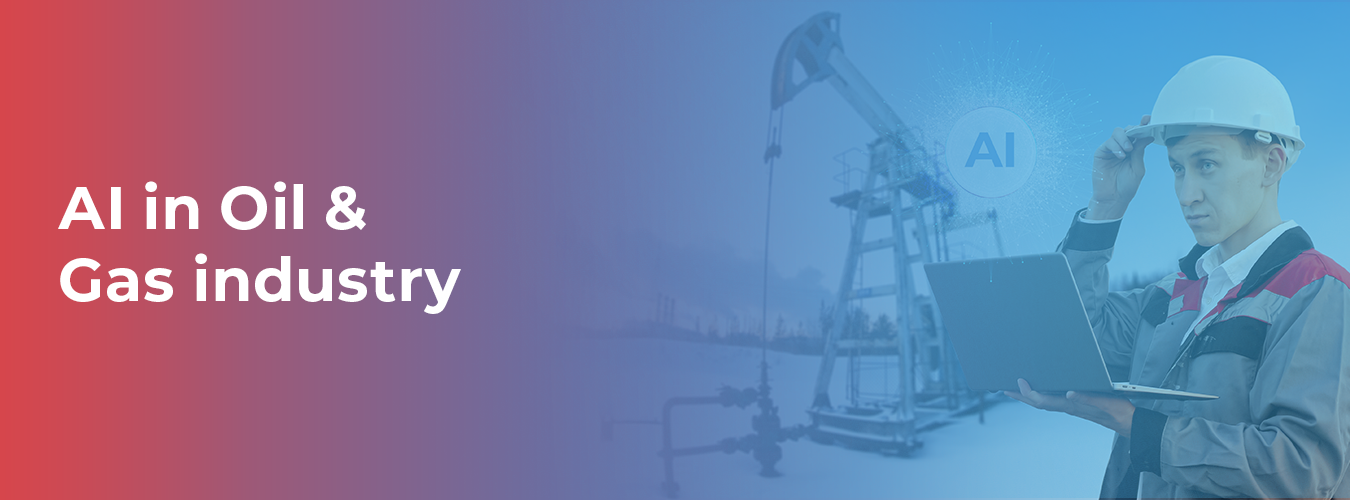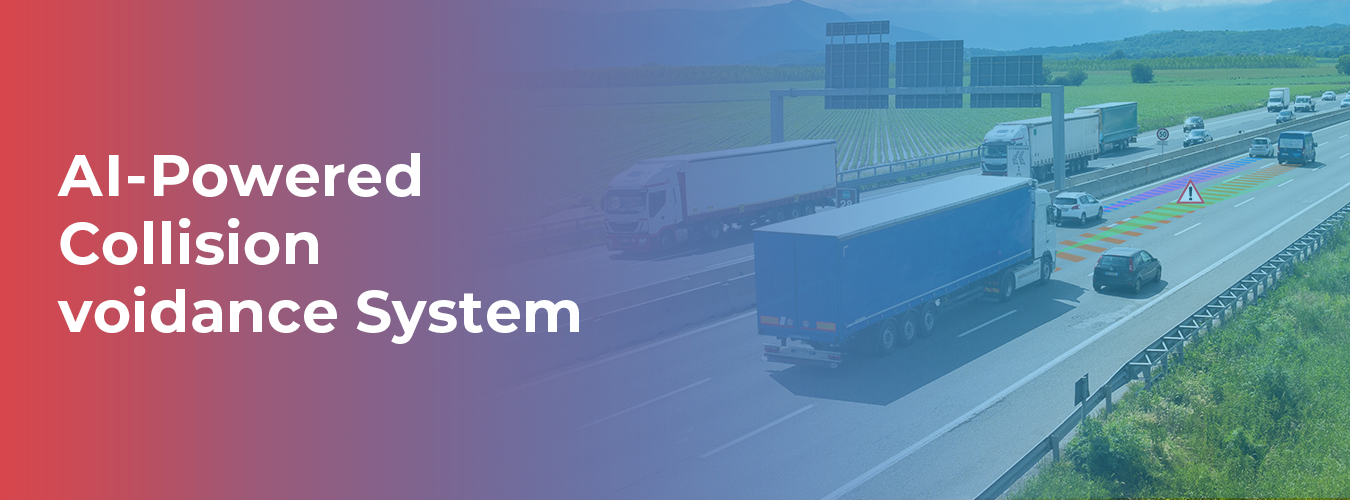Consider an autonomous vehicle navigating a crowded junction; it needs to make snap choices by correctly differentiating between cycling, pedestrians, and cars. A single missing pixel might change a diagnosis when AI analyzes medical photos to identify cancer cells.
Pixel-Perfect Labels have a crucial function in many important applications. Machine learning models are given the clarity they require to learn efficiently because of these incredibly accurate annotations that describe every element in a picture. Pixel-perfect labels empower models to comprehend even the smallest features, laying the groundwork for precision and dependability in AI-powered solutions.
This article will discuss the significance of pixel-perfect labels, how they influence AI-driven solutions in many sectors, and how they have the ability to revolutionize high-stakes applications like e-commerce, medical imaging, and automated vehicles.
Pixel-Perfect Labels: Why Are They Important?
Labeled data serves as the basis for training machine learning models in supervised learning. These labels help models recognize trends, forecast outcomes, and gradually increase accuracy.
1. Accuracy in Model Training
Pixel-perfect labels provide accurate annotation of each pixel in a picture. This accuracy enables the model to train for tasks like semantic segmentation and object detection:
- Accurate Boundaries: Distinguishing small features or overlapping items.
- Complex Structures: Managing elaborate patterns or structures, such as road markings or a leaf’s veins.
- Context Awareness: Context awareness is the ability to comprehend how things relate to their environment.
2. The Effects of Weak Labels
Labeling that is inconsistent or inaccurate might result in:
- Model errors include incorrect object classification or inadequate detection, like in the case of a self-driving car that is unable to identify a pedestrian.
- Biases: The model becomes problematic in practical applications when biases are reinforced by uneven or defective annotations.
- Decreased Generalization: If the training labels are unclear, the model can have trouble performing effectively on fresh, untested data.
3. Practical Importance
Particularly important are pixel-perfect labeling in high-stakes applications such as:
- Healthcare: Accurate tumor segmentation in medical imaging can enhance diagnosis and therapy.
- Retail: By precisely recognizing and classifying goods, it improves visual search algorithms.
Pixel-Perfect Labels salient characteristics

High-quality machine learning datasets must have pixel-perfect labels because they provide crucial characteristics that make them useful for AI applications. Let’s dissect their most important qualities:
1. Accuracy and Attention to Detail
Pixel-level precision refers to the meticulous annotation of each and every pixel in a picture. This guarantees:
- Clarity: Whether a pixel is a component of an object, background, or border, the model can clearly comprehend what it represents.
- Improved Education: Models can discern minute features, like a road’s boundaries or a medical anomaly’s outlines, thanks to fine-grained annotations.
For instance, accurate labeling aids models in detecting small tumors in medical imaging that may be overlooked by rough annotations.
2. Regularity Between Datasets
Annotations adhere to the same guidelines and norms across the dataset thanks to uniform labeling, which is essential for:
- Generalization: Accurate performance on fresh, unseen data improves by models trained on consistent data.
- Consistency reduces the chance of contradictory information by ensuring that similar objects are labeled the same across comparable photos.
For example, to avoid confusing the model, a dataset for traffic sign identification consistently labels “Stop” signs in all photos.
3. Managing Complicated Situations
Pixel-perfect labeling is intended to handle difficult real-world situations like:
- Overlapping items: Distinguishing partially hidden or mixed items, such as a person holding a bag.
- Capturing intricate forms, like a road fracture or a leaf’s jagged edges, is known as “intricate boundaries.”
Pixel-perfect labels manage these intricacies, allowing AI models to function consistently in settings where accuracy is crucial.
Applications of Pixel-Perfect Label
Pixel-perfect labels provide machine learning models the precise, in-depth information required for complex tasks, allowing them to succeed in a range of domains. They are used in the following important industries:
1. Self-driving cars
Pixel-perfect labeling in self-driving technology are essential for:
- Pedestrian and Vehicle Identification: Precise annotations enable models to differentiate between cyclists, pedestrians, and other vehicles, guaranteeing safe travel.
- Lane Detection: Even in difficult situations like dim illumination or rain, pixel-level accuracy aids in lane marking detection.
For example, in order to safely navigate intricate urban surroundings, Tesla’s AI models depend on pixel-perfect annotations.
2. Medical Imaging
Pixel-perfect labeling help AI systems in the healthcare industry in:
- Organ Segmentation: Accurately recognizing organs in scans to aid in surgical planning.
- Finding malignant areas or other abnormalities and accurately highlighting them is known as tumor or abnormality detection.
- Help with diagnosis: Making it possible for models to distinguish between tissue structures that are normal and those that are not.
For instance, in order to increase early detection rates, AI-powered breast cancer detection technologies depend on thorough annotations.
3. E-commerce and retail
Pixel-perfect labeling improve consumer experiences in the following ways:
- Visual Search: Using submitted photographs, models are able to identify and suggest goods thanks to precise annotations.
- Through the identification of product data and user interactions, augmented shopping makes virtual try-on features possible.
Macgence Offers Finest Pixel-Perfect Labeling Solutions
At Macgence, we are aware that the effectiveness and dependability of machine learning models are strongly impacted by the caliber of data labeling.Our method of pixel-perfect labeling relies on meticulous workmanship, as qualified experts complete each annotation by hand, adding a human element to this precise art. We created a new industry standard by avoiding automated tools and guaranteeing unmatched precision and attention to detail.
Conclusion:
The foundation of accuracy in AI is pixel-perfect labeling, which allow for revolutionary breakthroughs in a variety of sectors. The annotations improve performance in high-stakes applications by enabling powerful generalization and nuanced comprehension, guaranteeing dependability, efficiency, and safety. The need for pixel-perfect labeling in an era where artificial intelligence is transforming industries emphasizes how important accurate data annotation is to creating more intelligent, reliable AI solutions. Precision is essential to invention; it is not a choice.
FAQs:
Ans: – For tasks like object identification, semantic segmentation, and other high-stakes applications, they guarantee precision and lucidity in model training.
Ans: – Retail, e-commerce, medical imaging, and driverless cars are important sectors where accuracy and dependability are essential.
Ans: – Inaccurate labels can impact the effectiveness and security of AI systems, leading to model mistakes, biases, and decreased generalization.
Ans: – For unparalleled accuracy, Macgence uses skilled human annotators who create each label by hand, eschewing automation.
Macgence is a leading AI training data company at the forefront of providing exceptional human-in-the-loop solutions to make AI better. We specialize in offering fully managed AI/ML data solutions, catering to the evolving needs of businesses across industries. With a strong commitment to responsibility and sincerity, we have established ourselves as a trusted partner for organizations seeking advanced automation solutions.



